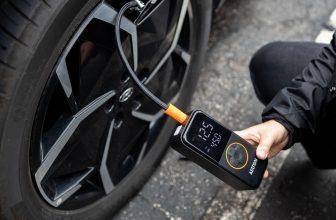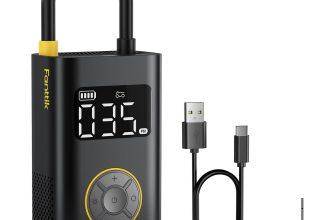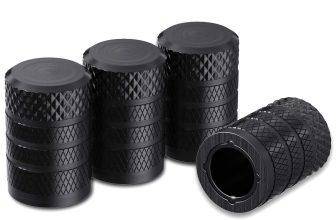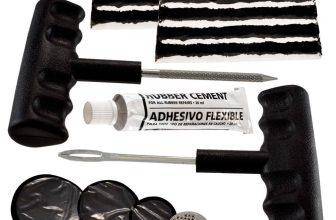Milwaukee Air Compressor: Ultimate Performance Guide

Milwaukee air compressor are trusted tools in many workshops. They offer power and reliability for various tasks.
Finding the right air compressor is essential for any project. Milwaukee air compressors provide versatile solutions for both professionals and hobbyists. Whether you’re inflating tires, powering tools, or painting, these machines deliver consistent performance. Known for their durability and efficiency, Milwaukee compressors cater to diverse needs.
Their compact design and easy portability make them ideal for both home and industrial use. In this blog, we’ll delve into what makes Milwaukee air compressors stand out. From features to benefits, learn how they can enhance your work efficiency. Stay with us to explore why these compressors are a popular choice among users seeking quality and dependability.
Choosing The Right Model
Selecting the right air compressor requires careful planning. Power is one of the most important factors—heavier tasks like running power tools demand more power, while smaller jobs can manage with less. Size also plays a role. While larger compressors can handle more work, they are often bulky and difficult to move.
Noise level is another concern. Loud compressors can be disruptive, especially in quiet environments like home garages. Be sure to check decibel ratings. Price should align with your budget. High-end models offer more features but come at a higher cost. Finally, durability matters. A well-built compressor will serve you longer and require fewer repairs.
In short: match the compressor to your needs, space, and budget, while keeping an eye on long-term reliability.
| Model | Power (HP) | Noise Level (dB) | Price |
|---|---|---|---|
| Milwaukee Model A | 1.5 | 70 | $$ |
| Milwaukee Model B | 2.0 | 75 | $$$ |
| Milwaukee Model C | 2.5 | 80 | $$$$ |
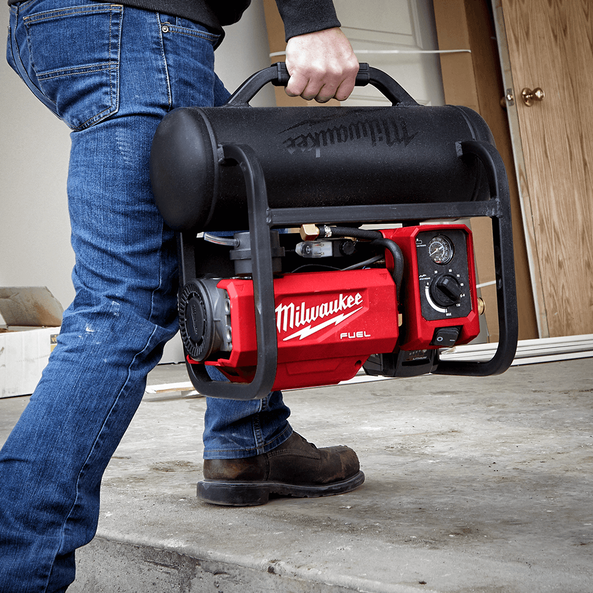
Maximizing Efficiency
Regular maintenance is essential to keep your air compressor running smoothly. To begin with, change the oil every 500 hours of use. Additionally, keep the air filter clean to ensure better airflow. Be sure to check the hoses for any cracks or leaks, and if needed, tighten any loose bolts or screws. Moreover, drain the moisture from the tank regularly to prevent rust buildup. Most importantly, always follow the manufacturer’s instructions for safe and proper operation.
When using the compressor, select the right nozzle for your task. This way, you ensure efficient air pressure delivery. Also, do not exceed the recommended pressure level—it helps save energy and prevents damage. For better stability, position the compressor on a flat, stable surface to reduce vibrations. In addition, ensure proper ventilation around the machine, as this helps with cooling. Finally, use short hoses whenever possible—they help maintain better pressure levels.
Troubleshooting Common Issues
Air compressors can have many problems. Strange noises are common. Leaks might appear. If air pressure drops, check for blockages. Look at the hoses for damage. Dirty filters can cause trouble. Overheating is another issue. Check the ventilation. If the compressor won’t start, inspect the power source. Some issues are easy to fix. Others need a professional.
Start with the simple fixes. Clean or replace the filters. Tighten any loose connections. For leaks, use sealant. Make sure the power source is working. Change any damaged hoses. Regular maintenance helps prevent problems. If issues persist, call a technician. Some repairs need special tools. Safety is very important. Always follow safety guidelines.

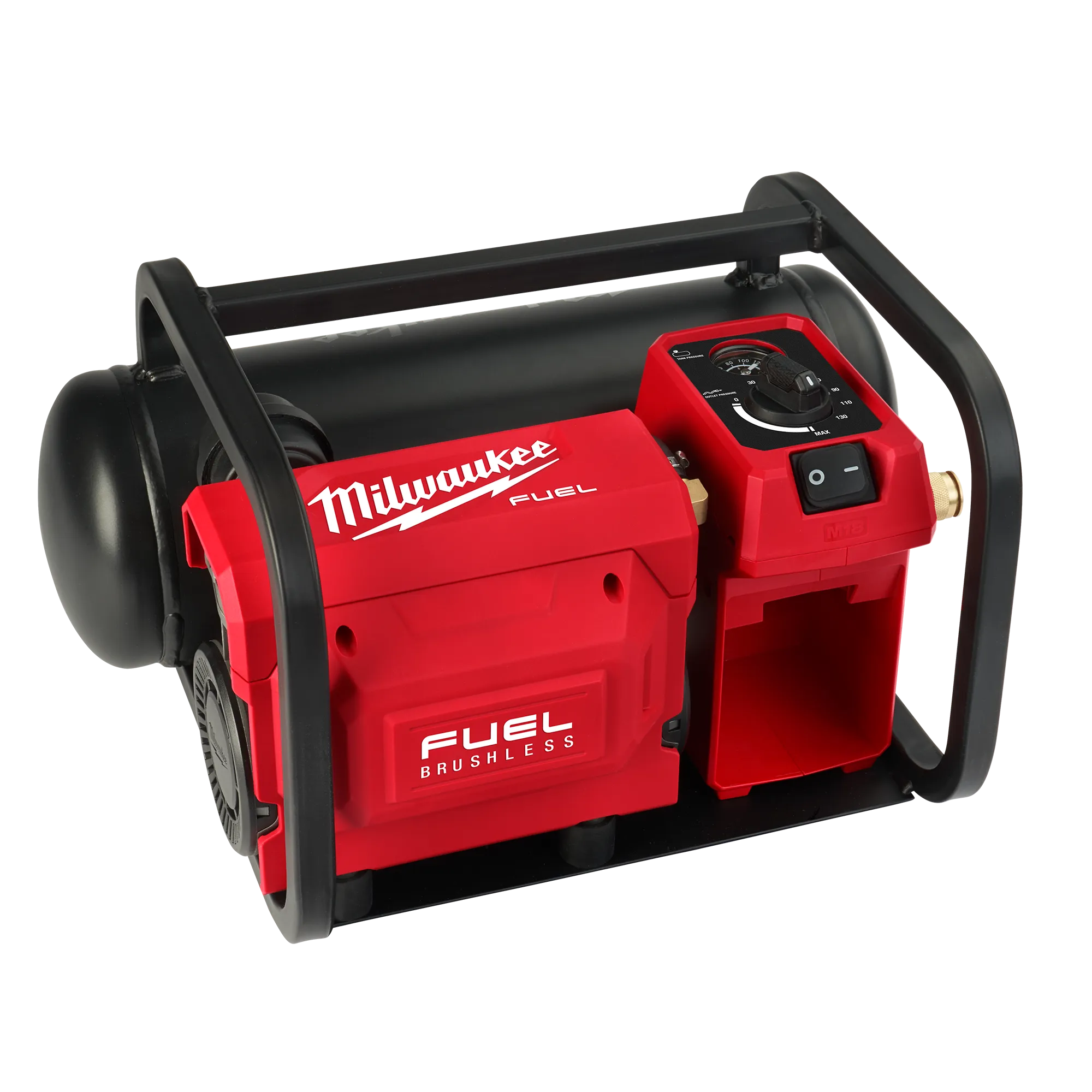
Frequently Asked Questions
What is the maximum PSI for a Milwaukee inflator?
The maximum PSI for a Milwaukee inflator is 120 PSI. It efficiently inflates tires, sports equipment, and more. Users appreciate its portability and ease of use. This inflator is ideal for quick inflation tasks, providing reliable performance for various needs.
What Brand of Air Compressor Is Best?
The best air compressor brands include DeWalt, Makita, and Campbell Hausfeld. Each offers reliability, performance, and durability. Consider your specific needs and budget when choosing. Always check customer reviews and product specifications to ensure the best fit for your tasks.
How many CFM is the Milwaukee air compressor?
The Milwaukee air compressor delivers 1.2 CFM at 90 PSI. It’s compact and efficient for small tasks. Ideal for inflating tires, powering nailers, and other light-duty applications. This makes it a versatile tool for both DIY enthusiasts and professionals.
What Is The Difference Between An Air Compressor And An Air Inflator?
An air compressor generates higher pressure for various tools. An air inflator specifically inflates tires and small items. Compressors offer versatile applications, while inflators are portable and convenient for quick inflation tasks. Compressors are larger and require more maintenance; inflators are compact and user-friendly.
Conclusion
Milwaukee air compressors offer durability and efficiency. Perfect for various tasks. Whether for home or professional use, they deliver reliable performance. Their user-friendly design makes operation simple. Maintenance is straightforward, ensuring long-lasting service. Compact models fit small spaces easily. Larger units handle heavy-duty jobs with ease.
Choose the right model to suit your needs. Quality and performance meet affordability. Milwaukee compressors are trusted tools in many workshops. Consider investing in one for your next project. Experience the difference with Milwaukee’s commitment to excellence. Make your tasks more manageable with a dependable air compressor.



